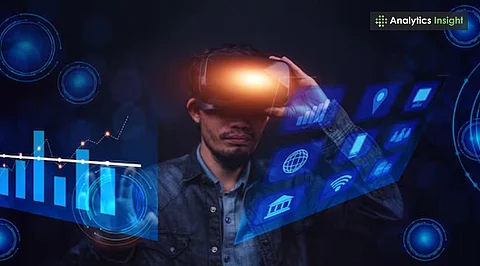

In 2025, the pace of decision-making in business has changed dramatically. Organizations no longer rely on retrospective reports or outdated dashboards. Instead, they are turning to real-time data analytics to make faster, smarter decisions. This shift marks a fundamental change in how businesses operate, where instant insights from live data streams now determine competitive advantage.
Real-time data analytics enables companies to process information as it’s generated. Whether it’s customer behavior, operational performance, or financial transactions, organizations can respond instantly. This not only accelerates internal processes but also improves accuracy, allowing firms to rely on the freshest data available. For example, an e-commerce platform can track user activity in real time and instantly recommend products, leading to improved conversion rates. Similarly, a logistics company adjusting routes based on live traffic data minimizes delays and enhances customer satisfaction.
The benefits of real-time analytics extend far beyond speed. It introduces a new level of precision to business operations. Instead of reacting to weekly reports, teams can proactively identify issues and implement solutions before they escalate. A manufacturing plant, for instance, may monitor equipment health continuously and detect performance anomalies that signal potential failure. By scheduling maintenance in advance, downtime is avoided, and efficiency is maintained.
Customer experience has also transformed through the adoption of real-time data. Streaming platforms like Netflix tailor content recommendations based on the user's current viewing behavior, enhancing engagement and retention. In the financial sector, banks can flag fraudulent transactions as they occur, protecting both customers and institutions from loss.
Various industries are witnessing the impact of real-time analytics in different ways. Retailers are adjusting product prices dynamically in response to demand and competitor moves. Healthcare providers are using wearable devices to monitor patients and respond immediately to critical changes in vital signs.
Financial institutions are optimizing trading strategies and assessing risk with precision that wasn’t possible just a few years ago. In supply chain management, live data tracking improves delivery accuracy and helps businesses communicate real-time updates to their customers.
One of the greatest advantages of real-time analytics is the ability to support collaborative decision-making across departments. For example, sales and inventory teams can access the same dashboards to ensure stock levels match demand. This reduces the chance of overproduction and enhances supply chain responsiveness.
Despite its many benefits, real-time analytics presents challenges. Implementing these systems requires a significant investment in high-speed infrastructure and advanced software. Many organizations also face data overload, struggling to process large volumes of information in a timely and accurate manner. There’s also the growing risk of cyberattacks, as handling real-time data often involves sensitive or personal information. Protecting this data requires robust cybersecurity frameworks and continuous monitoring.
Real-time data analytics has become essential for any organization trying to succeed in a rapidly changing and evolving digital landscape. Organizations can react immediately, determine future trends, and personalize services humans never thought possible when it comes to even predicting.
Through this technology, people can increase their opportunities to be more efficient and accurate, ultimately enhancing the groundwork for creating innovative and new business ideas. In a world connected by information, organizations who utilize real-time data and respond in real-time have a distinct and valuable advantage over those who do not.
